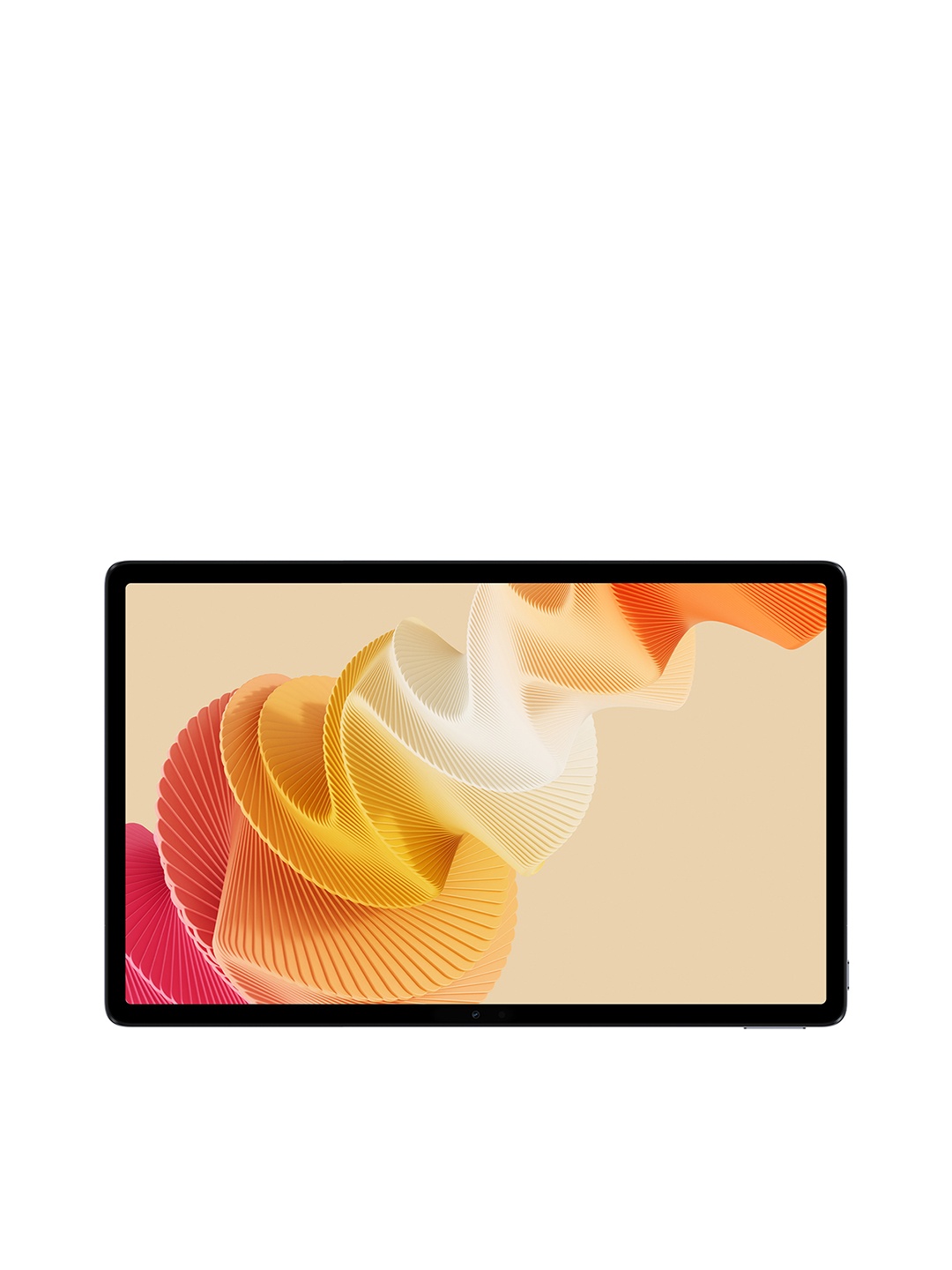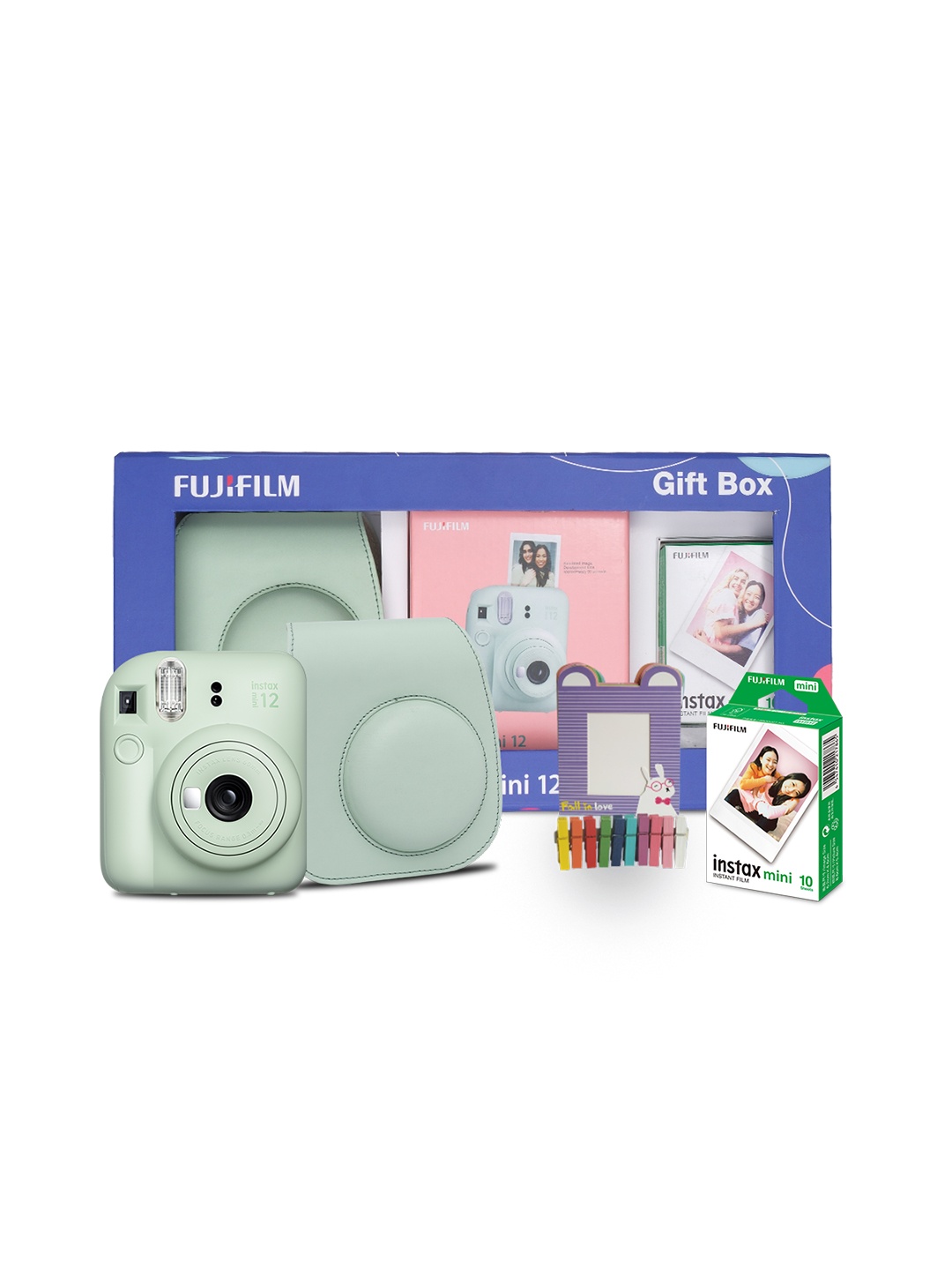Top Potting Plant Tips: Expert Dos And Don'ts For Healthy Growth At Home

For many, plants are not just an accessory to home décor but a source of joy and companionship. Whether it's the vibrant greenery of a fiddle leaf fig or the delicate blooms of a peace lily, these green friends have a way of brightening any room. But while their beauty can be enchanting, keeping them healthy often requires a little more than just placing them in a pot and watering them every now and then. Potting your plants correctly is a crucial step that can set them up for a long, flourishing life.
However, potting isn't as straightforward as it may seem. From selecting the right pot to the timing of repotting, there are numerous factors that can influence a plant's health. If you're wondering what to do and what to avoid when potting your plants, you're in the right place. In this article, we'll share expert tips that cover the essential dos and don'ts to help you get it right every time.
Also Read: How To Choose The Right Planter For Your Plants
1. Choose the Right Pot Size
When it comes to potting, the size of the pot can significantly impact your plant's growth. It's tempting to pick a larger pot because it feels like your plant will have more room to grow, but this isn't always the best approach.
Do: Choose a pot that's just slightly bigger than your plant's current root system. A pot that is too large can cause the soil to stay wet for longer than necessary, leading to root rot. On the other hand, a pot that is too small can restrict root growth, stunting the plant's development. A good rule of thumb is to pick a pot that's about 2-3 inches wider in diameter than the plant's current pot.
Don't: Choose a pot that's excessively large for the plant. While the idea of giving your plant room to expand is tempting, a pot too big can create a stagnant environment where the roots struggle to access nutrients, resulting in poor growth.
2. Opt for Well-Draining Soil
The importance of good soil cannot be overstated. Without the right soil, even the most well-loved plant will struggle to thrive.
Do: Invest in high-quality, well-draining soil. The soil should be light, airy, and able to retain just the right amount of moisture without becoming soggy. You can often find specific potting mixes for different types of plants, like cactus or orchids, which can help ensure optimal growth.
Don't: Use garden soil or overly heavy potting mixes. Garden soil can become compacted and doesn't allow for the necessary drainage, which can suffocate plant roots. The goal is to provide a mix that allows water to flow through freely, helping the roots get the oxygen they need.
3. Make Sure the Pot Has Drainage Holes
Water retention is a major concern for potted plants, and the last thing you want is to drown your plants by overwatering them. Without proper drainage, excess water can accumulate at the bottom of the pot, leading to root rot.
Do: Always choose pots that have drainage holes. These holes help excess water escape and prevent the roots from sitting in waterlogged soil. If your pot doesn't have drainage holes, consider drilling a few yourself or placing the plant in a pot with drainage and then putting that pot inside a decorative outer container.
Don't: Skip the drainage holes in a bid for a prettier pot. Aesthetic appeal might be important, but your plant's well-being should come first. Remember, even the most beautiful pot won't save a plant that's been overwatered.
4. Repot at the Right Time
Repotting is an essential part of plant care, but it's easy to get it wrong. Repotting too early or too late can stress the plant and interfere with its growth.
Do: Repot your plants when they've outgrown their current container. This usually happens when the roots start to emerge from the drainage holes or when the plant looks top-heavy and is no longer thriving in its current home. Repotting once every 1-2 years is generally sufficient for most houseplants, but some faster-growing plants may need repotting more frequently.
Don't: Repot your plant just because you think it looks a little cramped or because you want to change the pot's aesthetic. Plants will typically be more resilient to staying in a slightly smaller pot than they will be to the shock of an untimely repotting.
5. Water Properly After Potting
Watering is a vital aspect of plant care, and when potting a new plant, this step requires a little more attention.
Do: Water the plant thoroughly after potting. Make sure the water flows through the drainage holes, ensuring that the entire root system is hydrated. This is especially important if you've just repotted a plant, as the roots might be a little dry from being disturbed.
Don't: Overwater immediately after potting. While it's tempting to saturate the soil to ensure the roots are well-watered, too much water can lead to waterlogging and cause root rot. Make sure to give your plant the right amount of water according to its needs.
6. Use the Right Potting Tools
Potting tools are often overlooked, but they can make a world of difference in making the process smooth and efficient.
Do: Invest in a few key potting tools. A small hand shovel, a soil scoop, and a watering can with a narrow spout will allow you to pot your plants more efficiently and with less mess. A good quality tool set also ensures that your plants won't be damaged during the process.
Don't: Use inappropriate tools. Using large, bulky garden tools for delicate indoor plants can harm the roots or cause unnecessary stress. Stick to the basics and keep your tools clean to prevent the spread of disease.
7. Ensure Proper Lighting After Potting
Once your plant is potted, providing the right amount of light is crucial for its recovery and future growth.
Do: Place your newly potted plant in a location where it will receive the correct amount of light. Most plants thrive in bright, indirect light, but make sure to research the specific light requirements of your plant. Avoid placing newly potted plants in direct sunlight immediately, as they may experience shock.
Don't: Leave your plant in a dark corner or expose it to harsh, direct sunlight right away. These extremes can shock the plant and hinder its recovery after potting.
8. Be Patient and Observe
Potting is only the first step in your plant's journey to growth. After potting, patience is key, and so is observation.
Do: Keep a close eye on your plant's condition after potting. Look for signs of stress such as wilting or yellowing leaves, which may indicate that the plant is not adjusting well to its new home. Adjust watering or lighting as needed, and don't be afraid to move the plant to a different location if it's not thriving.
Don't: Expect instant results. Potting is a process, and your plant may need some time to adjust to its new environment. Avoid making hasty decisions or over-caring for the plant in a bid to help it grow faster.
Products Related To This Article
1. 6 Inch Planter - Indoor Pots for Plants Used in Home Decor, Garden, Bathroom, Living Room Etc
2. TrustBasket Table Top Planter Bowl with Saucer
3. ecofynd 4.3 inches Round Metal Planter for Home Decor
4. 4-Inch Self-Watering Pots, Set of 5, White, Red, Green
5. Eightiz Pack of 5 Round Flower Pots for Home Planters
6. CINAGRO Metal Flower Vase Planter Pot with Iron Stand
7. Plastic Round Flower Pot with Tray | Plant Pot for Home
8. ecofynd 7 inches Shiny Metal Planters for Living Room
9. Earth Friendly Eva 11.5 inch Self Watering Pots for Plants
10. ecofynd 12 Inches Aurelia Railing Planters for Balcony
Potting your plants isn't as simple as just placing them in any container and watering them occasionally. It's a delicate balance of the right tools, the right soil, the right pot, and, of course, the right amount of care. By following these expert tips on the dos and don'ts of potting, you'll give your plants the best possible chance to thrive in their new homes. Whether you're potting a new plant or repotting an old one, remember that patience and observation are just as important as the technical steps. With a little bit of effort and care, your plants will reward you with lush growth and vibrant life, bringing beauty and fresh air to your home for years to come.
Disclaimer: The images used in this article are for illustration purposes only. They may not be an exact representation of the products, categories, and brands listed in this article.






























